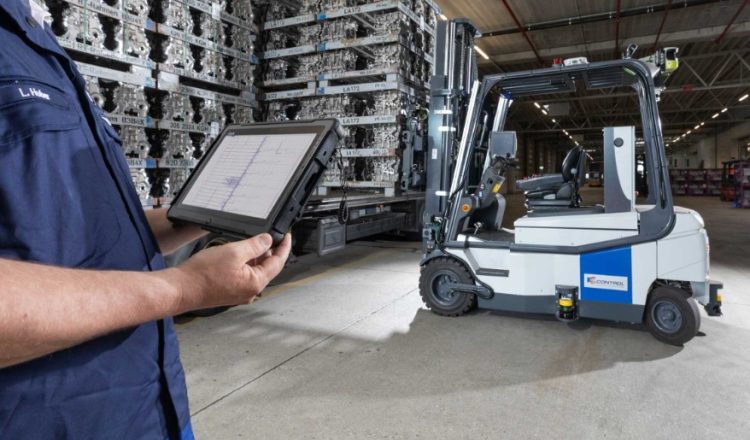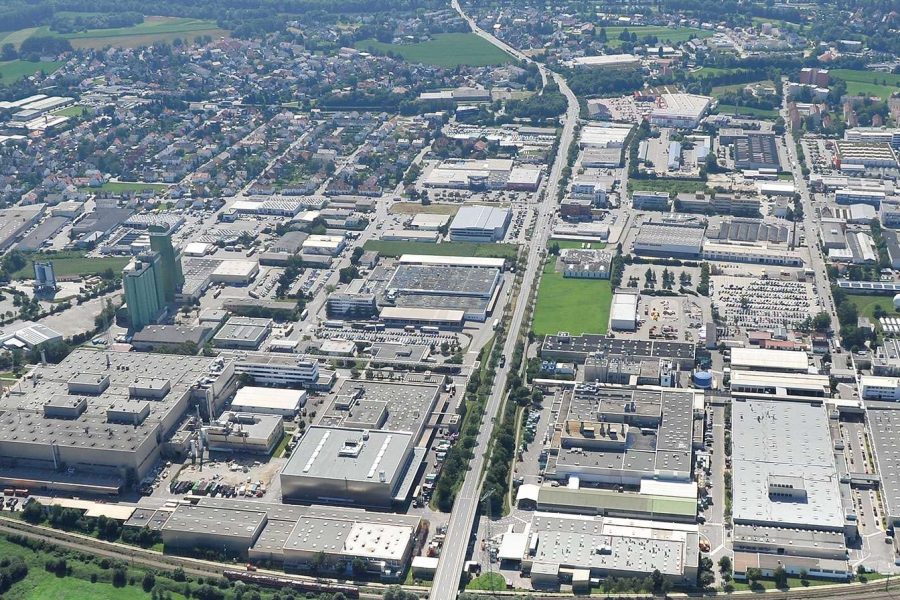Robots in manufacturing plants are nothing new, as vehicle assembly line automation has become the norm for the major manufacturers. However, most current robotics technology is used to perform repetitive tasks with accuracy and repeatability. BMW is looking to take robotics to the next level with their latest research project, combining self-driving logistics with cloud computing to create an intelligent, connected factory at their Landshut facilities in Germany. While this doesn’t influence BMW Motorrad right away, everything inside the conglomerate is inter-connected, so the lessons learned today will benefit motorcyclists tomorrow.
Spearheaded by BMW Group’s technology and logistics development team, the two-year “Robot in the Cloud” project began in 2021, and is funded to the tune of 1.2 million EUR (1.26 million USD) by the Bavarian Ministry of Economic Affairs. Working with the Technical University of Munich (TUM) as well as several partner companies, the project began with preliminary theoretical work and laboratory testing at the TUM campus in Garching, before field testing began in Landshut.

Autonomous forklift at BMW plant in Landshut. Photo: BMW
Central to the project are self-driving forklift trucks that load and unload trucks and manage a storage facility at the Landshut supply centre. Cameras on the forklifts give the system information on location, objects, and obstacles, but the calculations made to co-ordinate driving movements are not made onboard the forklifts, but rather done by a high-performance data cloud communicating through a 5G interface.
By outsourcing the elaborate calculations to the cloud, complex processors and hardware are not needed on the forklifts themselves, thereby reducing downtime and increasing efficiency. The latest 5G technology is necessary to make the system work, as it allows large volumes of data to be transferred between many machines very quickly, making connectivity between the forklifts and the cloud virtually real-time.
As cloud computing becomes increasingly common, and data networks gain speed and capacity, systems such as those being tested at Landshut could conceivably be implemented in places such as self-driving cars and transport trucks, buses, and even motorcycles. Self-riding S1000RR, anyone?







